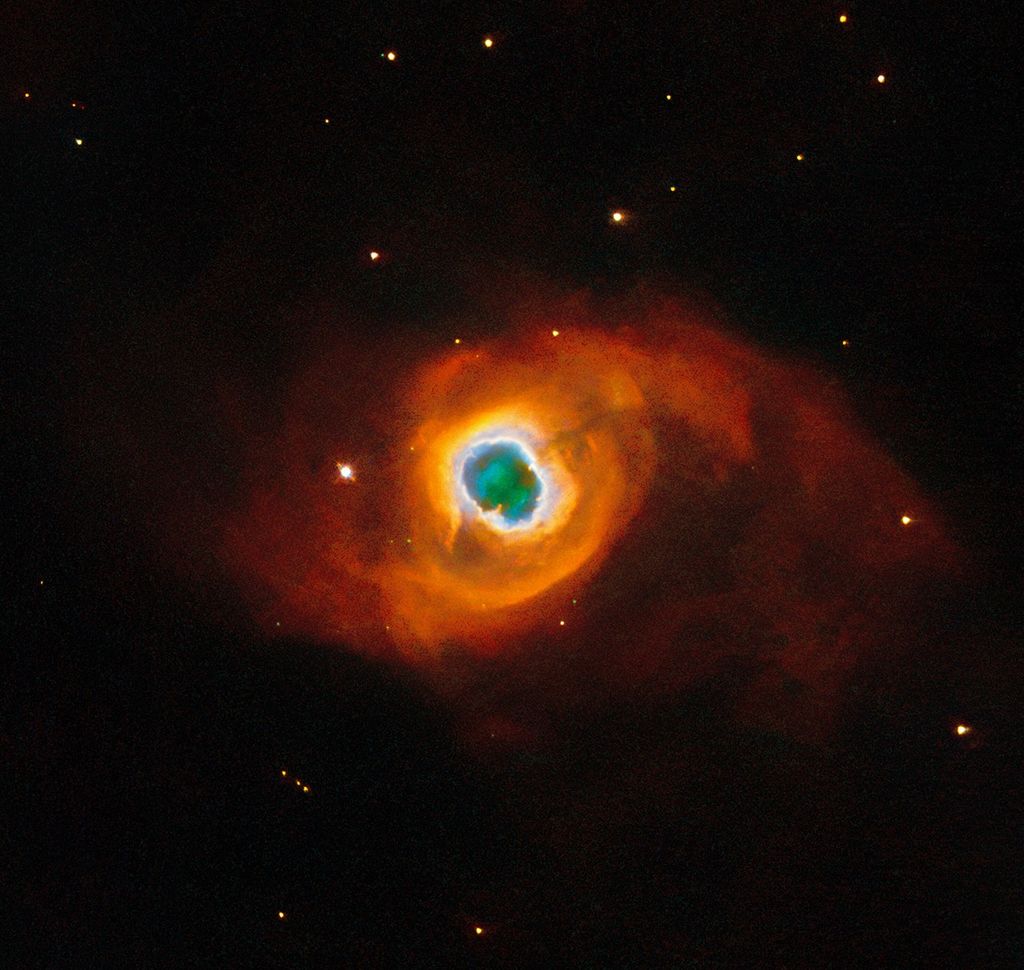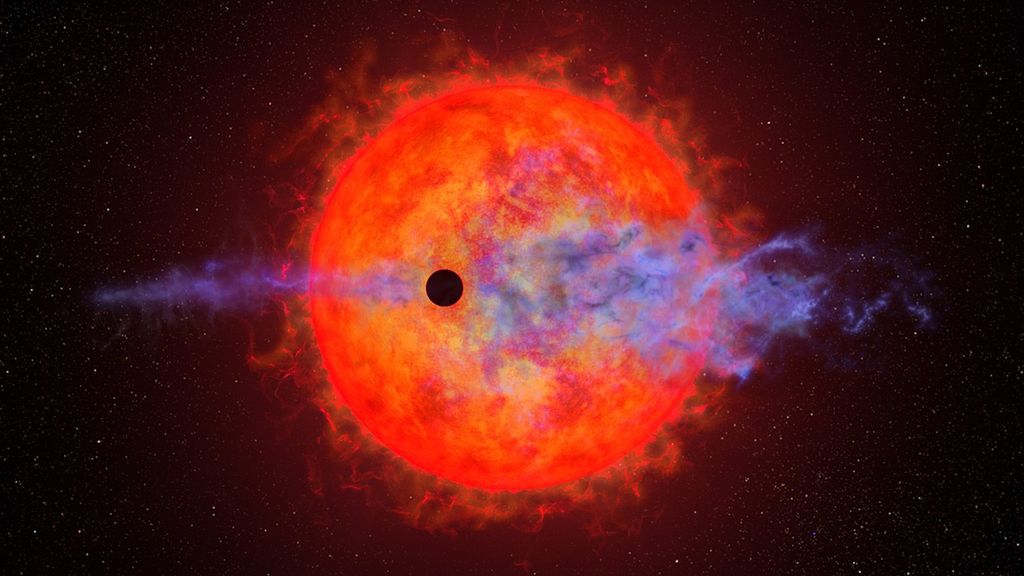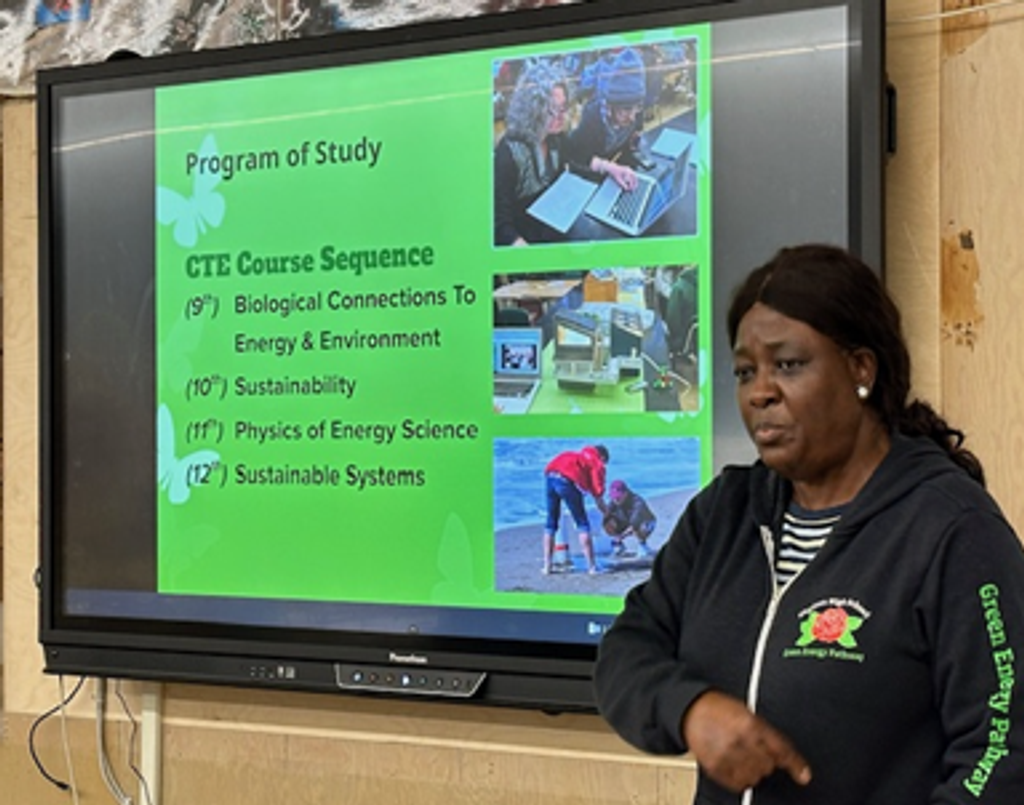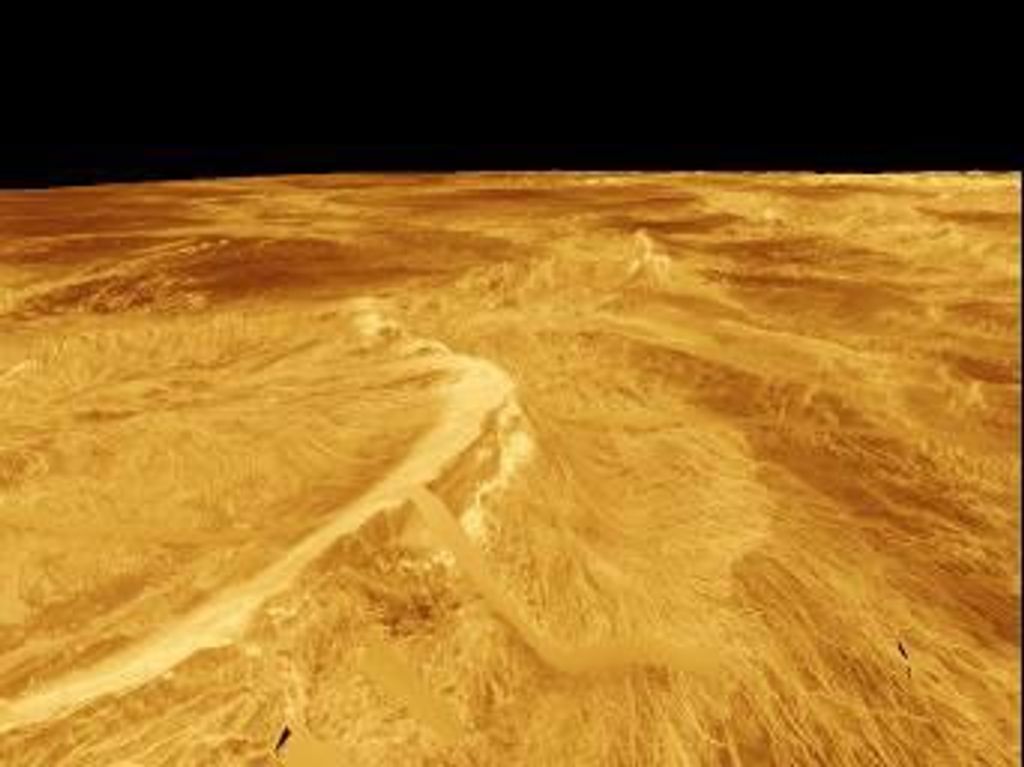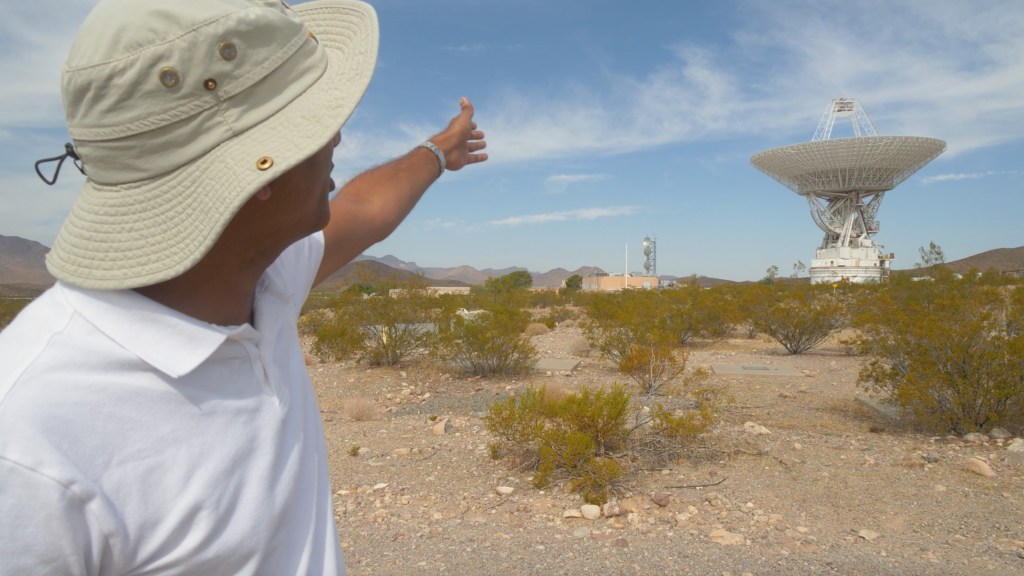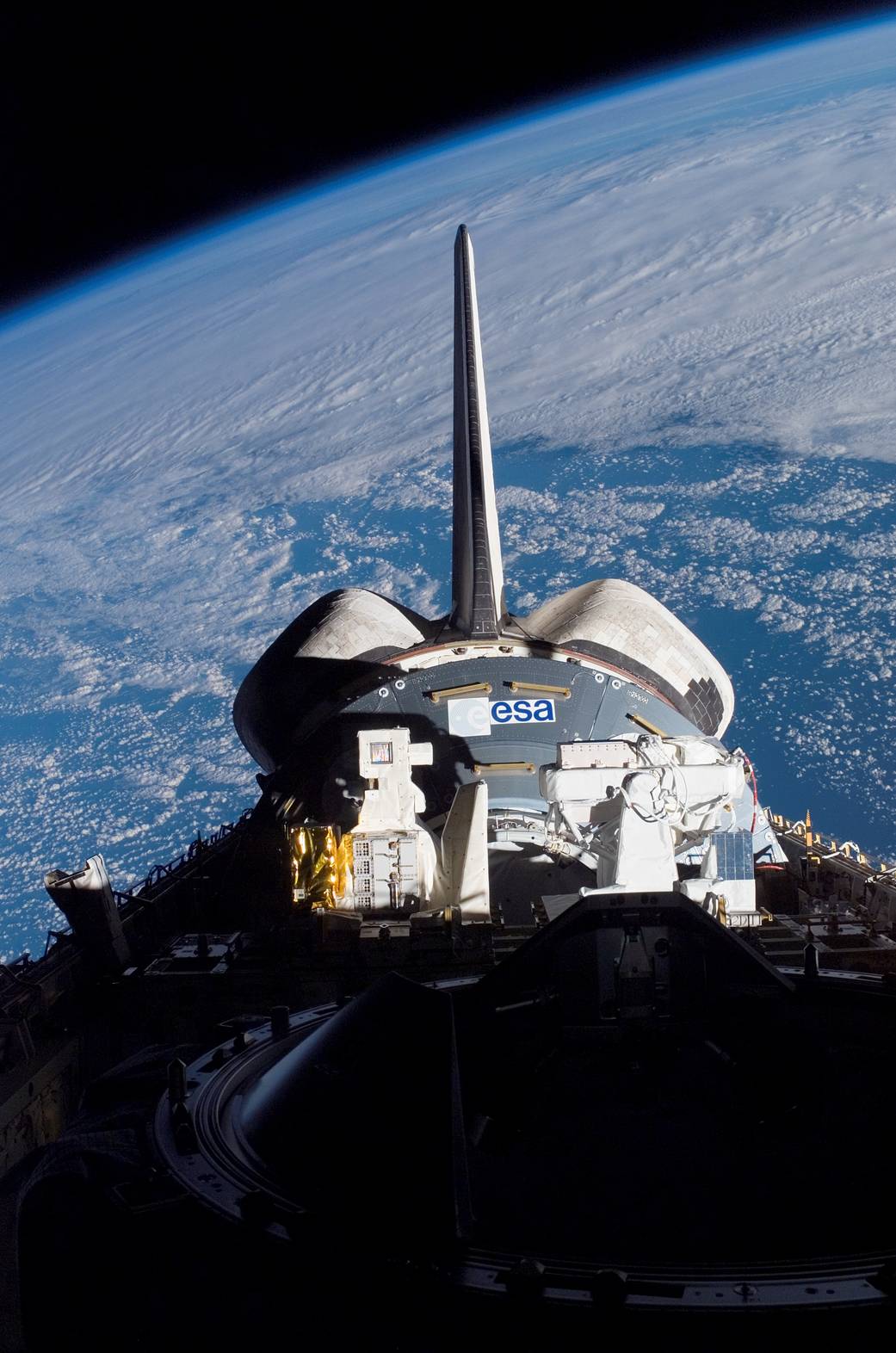This week in 2008, space shuttle Atlantis, mission STS-122, launched from NASA’s Kennedy Space Center. The primary mission objective was to deliver the European-built Columbus module to the International Space Station. Here, the Columbus module can be seen in the orbiter’s cargo bay. It took three spacewalks and careful coordination of the station and space shuttle robot arms to attach Columbus to the Harmony module. This was the second station segment to be dedicated to research. Today, the Payload Operations Integration Center at NASA’s Marshall Space Flight Center serves as “science central” for the International Space Station, working 24/7, 365 days a year in support of the orbiting laboratory’s science experiments. The NASA History Program is responsible for generating, disseminating and preserving NASA’s remarkable history and providing a comprehensive understanding of the institutional, cultural, social, political, economic, technological and scientific aspects of NASA’s activities in aeronautics and space. For more pictures like this one and to connect to NASA’s history, visit the Marshall History Program’s webpage. (NASA)
1 min read

